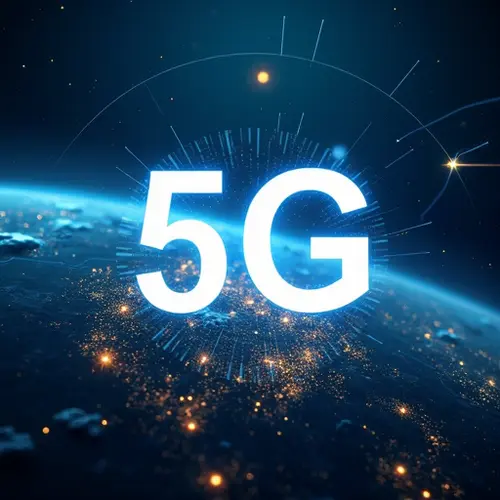Telecom providers launch satellite phone services using low Earth orbit networks to provide connectivity in remote wilderness and ocean areas where traditional networks fail.

Satellite Connectivity Revolution Reaches Remote Areas
Major telecommunications providers are launching satellite phone services that leverage low Earth orbit (LEO) networks to bring reliable connectivity to wilderness areas, oceans, and other remote locations where traditional cellular networks have never reached. This breakthrough represents a significant step toward truly global connectivity.
Partnerships Driving Innovation
AT&T has partnered with AST SpaceMobile to deliver satellite connectivity that works with standard smartphones without requiring special equipment. The companies have successfully completed video calls using BlueBird satellites launched in September 2024, marking a major advancement in making communication accessible in rural and wilderness areas. 'This technology aims to provide seamless connectivity from urban centers to the most remote locations,' said an AT&T spokesperson.
T-Mobile has expanded its T-Satellite service powered by over 650 Starlink satellites, now supporting popular apps like WhatsApp, Google Maps, and X in mobile dead zones. The service automatically switches phones to satellite connectivity when terrestrial signals drop, providing critical connectivity for adventurers and remote workers.
How Satellite Phones Work
According to Wikipedia, satellite phones connect to other phones or telephone networks through satellites orbiting Earth instead of terrestrial cell sites. They can work in most geographic locations as long as there's open sky and line-of-sight between the phone and satellite. 'The advantage of satellite phones is their ability to function where local terrestrial communication infrastructures are unavailable,' explains telecommunications expert Dr. Evelyn Nakamura.
Recent advancements have seen manufacturers like Apple, Google, and Samsung integrate satellite messaging connectivity into conventional smartphones. The Apple iPhone 16 series, Google Pixel 9 series, and Samsung Galaxy S25 series now offer emergency SOS via satellite and two-way emergency text messaging capabilities.
Market Growth and Future Prospects
The satellite-based 5G network market is projected to experience explosive growth from USD 1.7 billion in 2025 to USD 99.3 billion by 2035, representing a remarkable 50.0% compound annual growth rate. This growth is driven by the need for reliable high-speed internet in underserved areas and the integration of satellite technology with terrestrial 5G networks.
Charter Communications and Comcast have also launched satellite connectivity services through partnerships with Skylo, providing emergency messaging capabilities when cellular or WiFi networks are unavailable. 'This collaboration aims to provide always-on connectivity, particularly in remote locations, giving customers peace of mind,' stated a company representative.
Impact on Remote Communities and Industries
The convergence of mobile and satellite industries is creating truly global connectivity, with over 100 partnerships between mobile operators and satellite companies now covering 6 billion subscribers worldwide. This development is particularly significant for industries operating in remote areas, including maritime shipping, mining, agriculture, and emergency services.
First responders are benefiting from mission-critical satellite communications through networks like FirstNet, which provides public safety-grade satellite communications. The technology enables reliable communication during natural disasters and in areas where traditional infrastructure has been compromised.
As satellite connectivity becomes more accessible and affordable, it promises to bridge the digital divide for millions of people living in remote wilderness areas and working across oceans, ensuring that no one is truly disconnected in our increasingly connected world.

 Nederlands
Nederlands
 English
English
 Deutsch
Deutsch
 Français
Français
 Español
Español
 Português
Português









